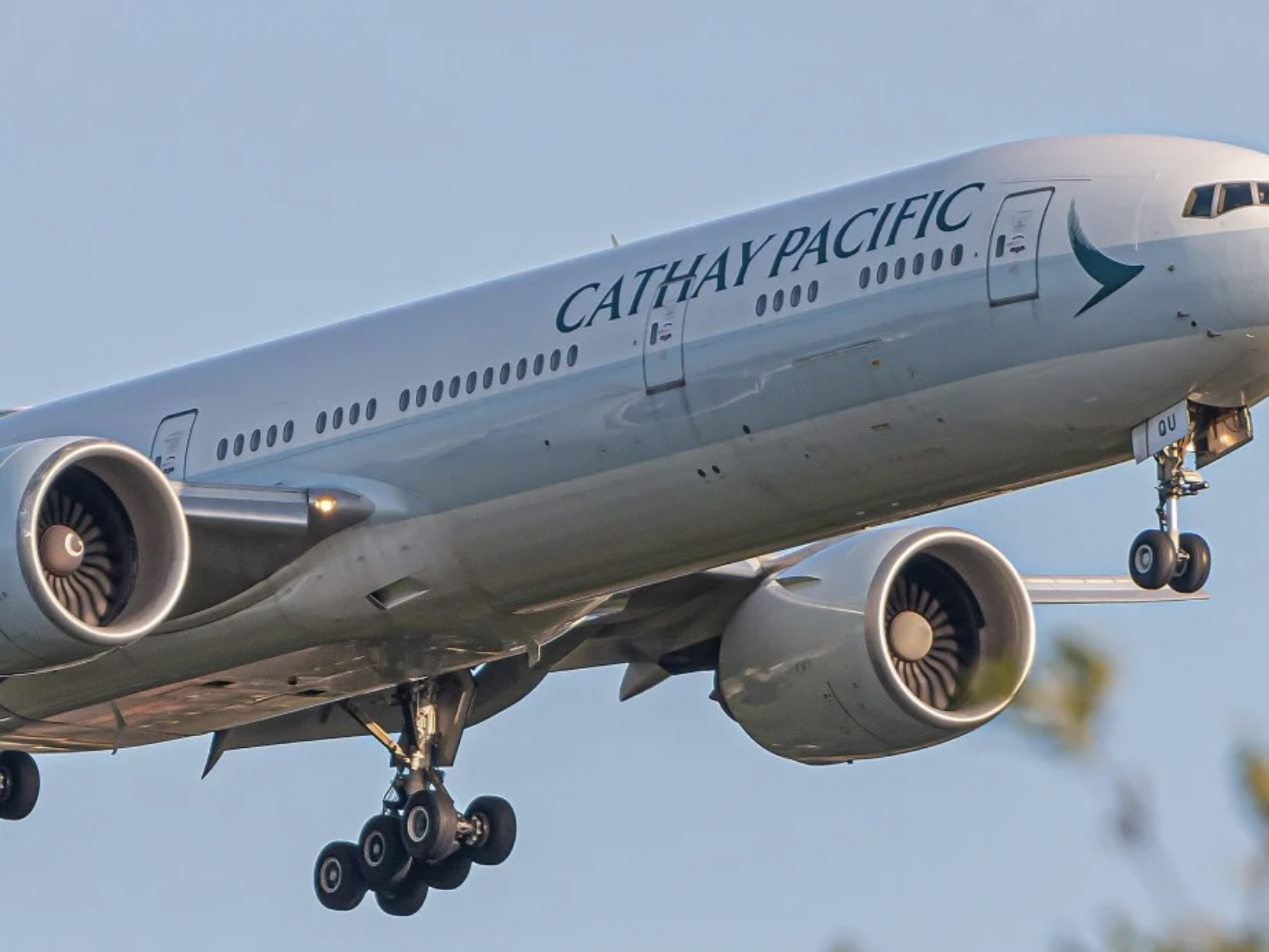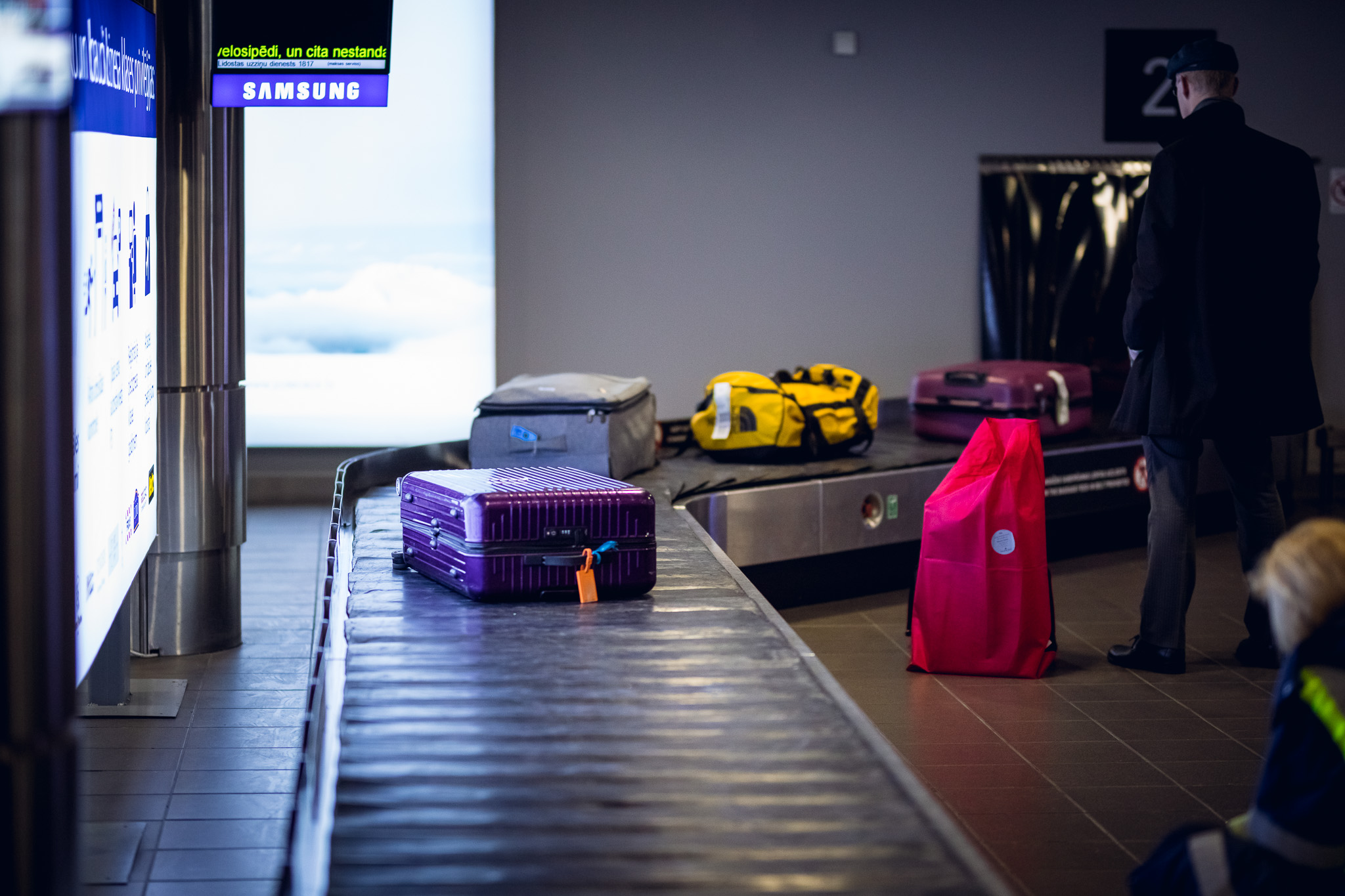AI Captain: The Voyage to Discover the True Power of Data
- By Jean-Paul Isson Vice President, Chief Data Science and Artificial Intelligence (AI) Officer, SITA
As head of SITA’s Data Science and AI Center of Excellence in Montreal, I’m in the fortunate position of captaining a crew of SITA explorers on a voyage to discover the true power of data for solving the air transport industry’s challenges.
From slashing aircraft turnaround times to AI-assisted bag tracking, or predicting on-time performance and passenger flow at airports, I see data science and AI as the torch that will illuminate better decision-making at airports, borders, and on aircraft. It’s exciting to be at the helm as SITA continues to venture further into the sea of AI and data science, with projects that explore solutions to the industry’s challenges today and tomorrow.
The Lure of Data Science!
Data science is bringing tremendous opportunities to people and organizations. As a mathematician, it was the opportunity to use mathematics and statistics to address real life business questions that attracted me to data science. Probability, predictions and neural networks were the main triggers. At an early age, I found it fascinating to be able to leverage conditional probabilities to understand and explain events. As data scientists will know, I’m alluding to the famous ‘Bayes Theorem’.
Let me explain that a bit more. You might ask, for instance, what’s the probability of someone developing a heart disease knowing their physical condition? Given that condition, it’s then about our prediction capabilities. Do we have the power to predict behavior? What will actually happen? When will it happen? Why will it happen? And what should we do, knowing that it will happen?
Then there’s the neural network aspect. In AI, neural networks teach computers to process data in a way that’s inspired by the human brain. They’ve been at the heart of recent groundbreaking AI achievements thanks to Big Data and cloud computing. I had the opportunity of using neural network capabilities during my internship to build credit scores for credit cards applicants.
Back in those days, we were called data miners, before it became machine learning and then, in 2012, data scientists. Thanks to the Harvard Business Review article ‘Data Scientist: The Sexiest Job of the 21st Century’, I discovered the power of behavior modeling. I became passionate about creating business value from data, and I’ve been sharing that passion through the several data science books I’ve written.
Harnessing the Air Transport Industry’s Data Assets
But let me bring this back to today and specifically to SITA and the air transport industry, or the wider travel industry for that matter.
Our north star is to continually harness the data assets of the air transport industry to create actionable insights and intelligent data solutions for our customers. Only by leveraging data science and AI can we be accurate, objective, and consultative with our solutions, and able to offer truly collaborative approaches that focus on a tangible business impact.
In the air transport industry, efficient planning and proactive management of disruptions – to ensure a seamless passenger journey – are a front and center mission. Data science and AI have become invaluable to achieve that mission.
There’s no doubt data science is a source of competitive advantage for an industry desperately seeking new ways to drive efficiency in the wake of the pandemic. Data science needs to be considered an investment, not an expense, and emerging trends from SITA’s annual Air Transport IT Insights report shows that CIOs are betting big on data to drive new revenue.
Airline and Airport CIO Plans for Data and AI
According to the report, airline CIOs plan to continue investing in emerging technologies with a focus on data management and business models through business intelligence software (78%), data exchange technologies (70%), and AI (82%). The level of investment in AI and data exchange technologies has risen, with 40% of airlines having major XML programs (up from 34% in 2020) and 39% having major AI programs (up from 30% in 2020).
For airports, interest has grown in exploring AI and digital tags further, with major programs for AI climbing to 25%, and R&D programs for digital tags rising to 44%.
At SITA, we investigate new ways to help airport airlines and governments harness the power of data. Our core priorities examine Big Data for machine learning, AI and data monetization to help airports and airlines leverage new revenue streams from the sea of data they can already access.
Data and AI in Aircraft Turnaround Management
Let me cite an example. One immediate challenge we’re helping to solve is aircraft turnaround management. It’s a process plagued with inefficiency and is a perpetual pain point for airports and airlines seeking to get the aircraft set up for its next journey in the shortest possible time.
There’s a lack of real-time data, little collaboration between teams, and no clear leading party accountable for the end-to-end turnaround performance. Aircraft turnaround management suffers from the lack of digitalization and information transparency, resulting in a vast daily cost to the industry. With the proper data tooling, we can unlock quick-win savings. We begin by processing and auditing the turnaround data offering a single source of trustable data and benchmarking turnaround performance.
Today, we’re working on an innovation project in partnership with a major airport operator to deliver AI-assisted aircraft turnaround at one of their biggest airports. SITA’s AI-enabled Computer Vision has been developed to track, analyze, and optimize aircraft turnaround, a process where costly delays can typically occur. This AI technology will change the game, promising to reduce turnaround times by a colossal 20%.
On-time Performance and Disruption Management
SITA has also used machine learning and AI to predict On-Time Performance (OTP), such as Flight Departure / Delay, Flight Arrival and Passenger Count at the airport. The solution should help our customers to predict patterns and effectively manage disruptions when they happen. Optimized turnaround process OTP will save the industry hundreds of millions of dollars, reduce carbon emissions, and improve passenger satisfaction.
OTP is one example of many where data holds the keys to unlocking speed, profit, and fluid passenger experiences. Another area is in the cabin, where delays occur frequently due to lack of cabin space for carry-on baggage. Bag metering uses SITA’s deep learning models to automate the detection of a bag’s exact height, width, and depth before the rapid and automatic calculation of remaining space on the aircraft.
This effectively enables airlines to predict when overhead cabin space will become an issue based on the size of the bags already onboarded and notify the gate attendant in real time. We plan to trial these solutions with a number of airline customers in Latin America.
The Way Forward
We have dozens of other innovation projects running with data science as a backbone. Our remit is always to explore technologies, business models, and processes that help the air transport industry reduce costs, overcome operational hurdles, and improve the passenger experience. Starting with innovation-focused Proof of Concepts and expanding across the product portfolios, we thrive on solving today’s and tomorrow’s industry challenges.
As I said at the start, we’re on an exciting voyage of exploration to solve the air transport industry’s challenges. Excellence in data science is the way forward.
This article was originally published by SITA.














